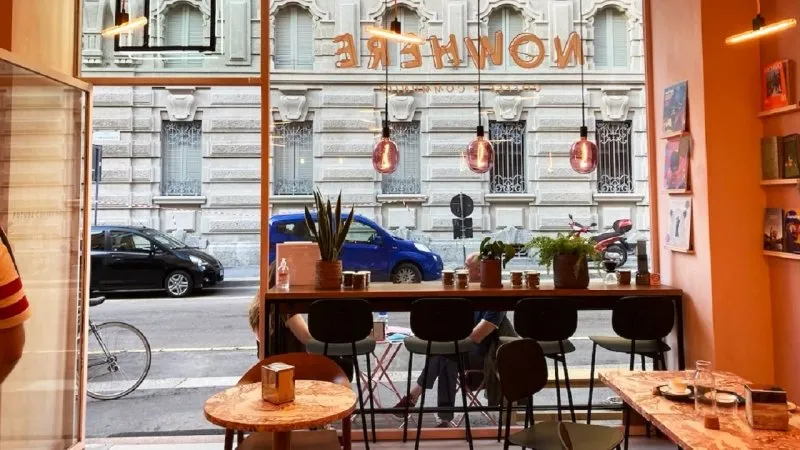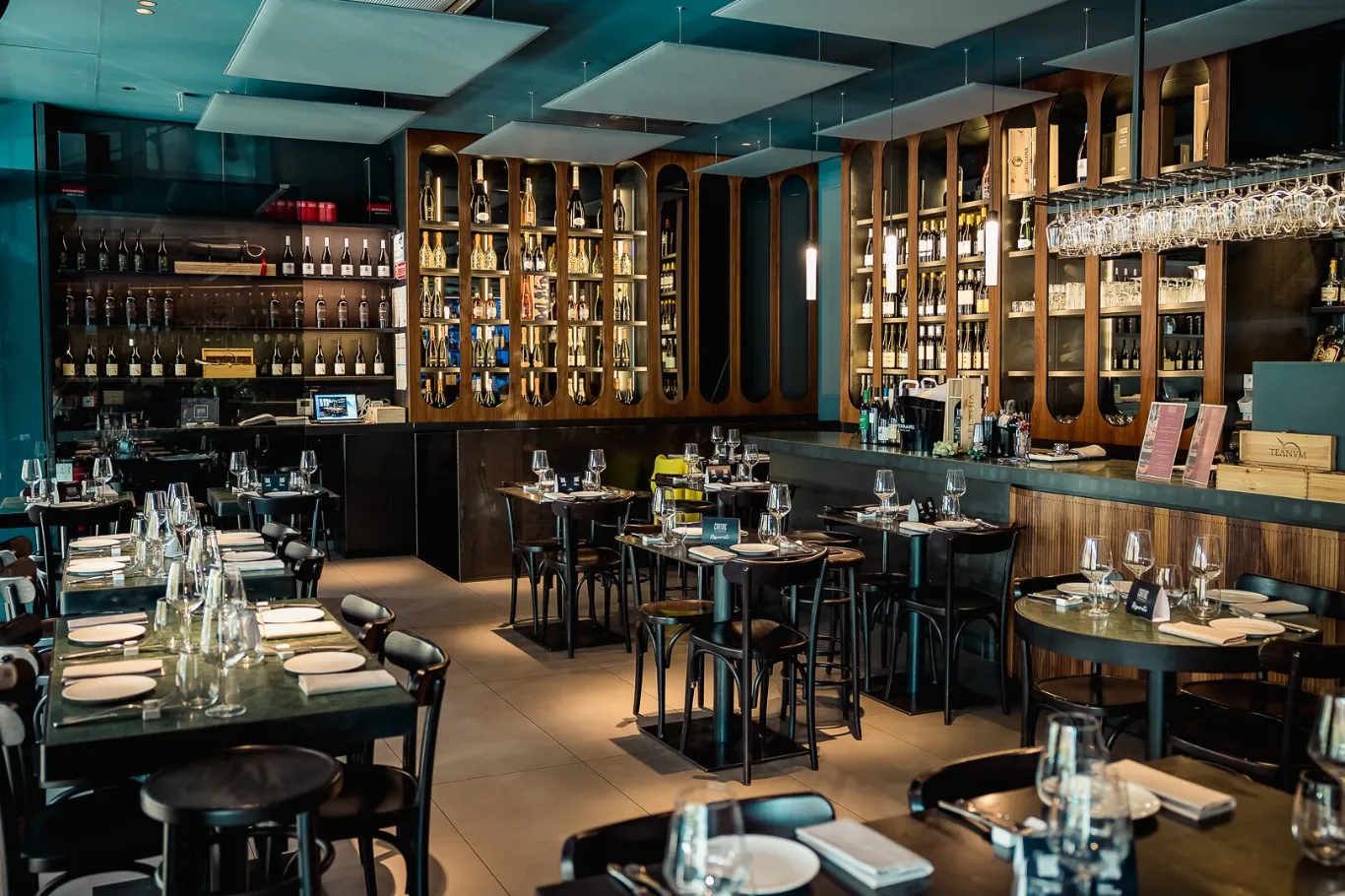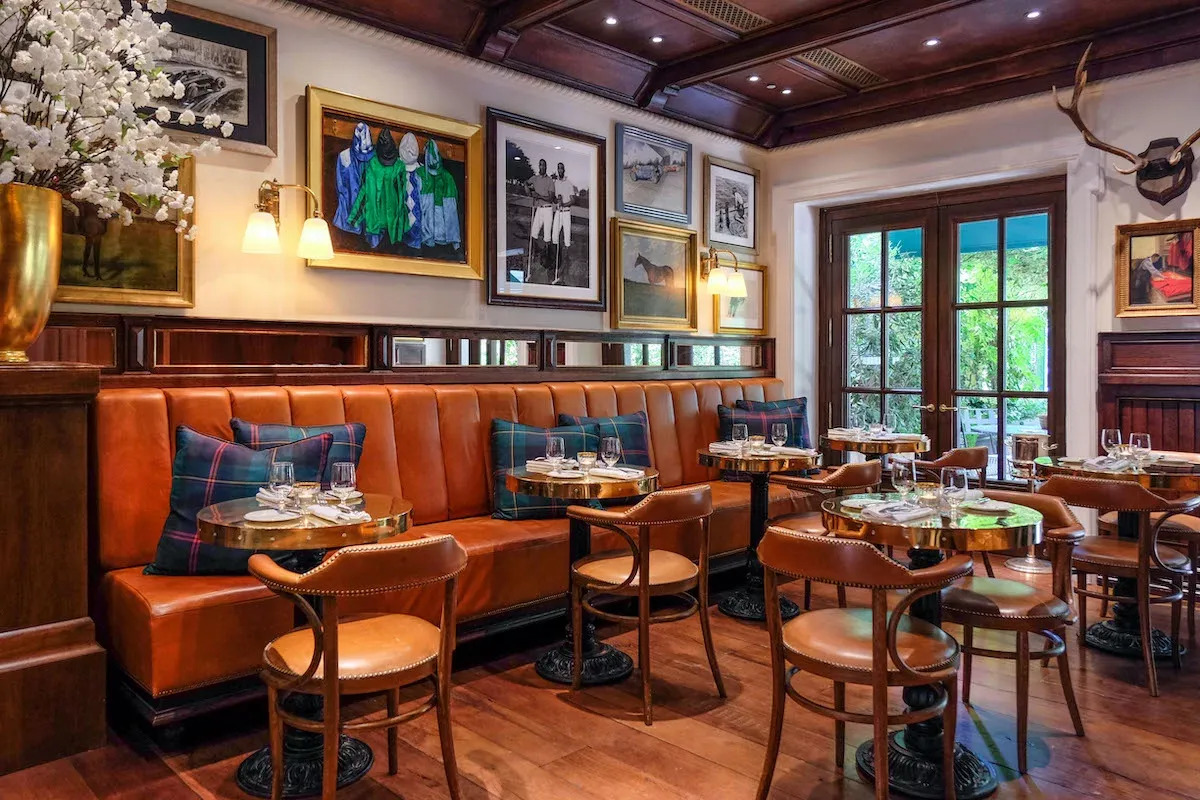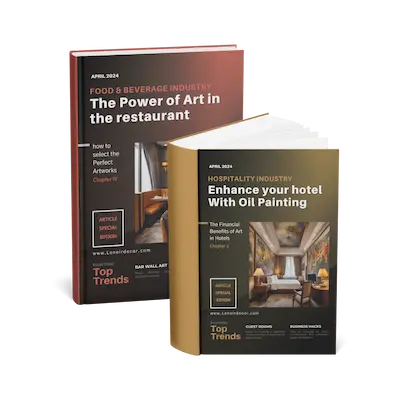Abstract art is a key style of the Modern Art movement. Sometimes, abstract expressionism is shown as neo-expressionism, installation, performance, video, and pop art—all these important art movements have ties with Abstract Art. Choosing the right artwork for your business is a significant decision. It's more than just decoration; it's a reflection of your brand identity, a contributor to the atmosphere you cultivate, and a subtle yet powerful influence on customer perception. Two prominent art styles often dominate the conversation: realism art and abstract art. But how do you determine which style aligns best with your business goals and aesthetic vision? This comprehensive guide will delve into the nuances of each style, exploring their unique characteristics, psychological impact, and practical applications, ultimately empowering you to make an informed and impactful choice.

Understanding Realism Art and Its Impact on Business
Surrealism is an avant-garde movement that began in the early 1920s and sought to release the creative potential of the unconscious mind, for example by the irrational juxtaposition of images. Realism art, at its core, aims to portray subjects with an unwavering commitment to accuracy. It seeks to replicate the world as we perceive it, capturing details with meticulous precision. From realistic artworks that could be mistaken for photographs to intricately detailed realistic art drawings and sculptures that flawlessly embody the human form, realism prioritizes verisimilitude. Viewing realism art pictures can evoke a sense of familiarity, grounding, and even nostalgia. For businesses, this can translate into a perception of stability, trustworthiness, and a keen attention to detail – qualities highly valued in many industries. Realism is an excellent choice for businesses that want to project a classic, established, and dependable image. Consider a law firm, a financial institution, or a traditional retail store; realism art can reinforce their brand message of professionalism and reliability.
Exploring the Diverse World of Abstract Art

An artistic movement began in 1907 by artists Pablo Picasso and Georges Braque who developed a visual language whose geometric planes challenged the conventions of representation in different types of art, by reinventing traditional subjects such as nudes, landscapes, and still lifes as increasingly fragmented compositions. A term coined by Russian artist Kazimir Malevich in 1915 to describe an abstract style of painting that conforms to his belief that art expressed in the simplest geometric forms and dynamic compositions was superior to earlier forms of representational art, leading to the “supremacy of pure feeling or perception in the pictorial arts.” Abstract art breaks free from the constraints of literal representation. Instead of depicting recognizable objects, it utilizes the fundamental elements of art – shapes, colors, textures, lines, and forms – to create a visual experience that is open to interpretation. The abstract art meaning is often subjective, residing in the eye of the beholder. This inherent ambiguity makes abstract art ideas incredibly versatile and adaptable. Whether it's abstract art geometric, with its clean lines and structured forms, abstract art on canvas, offering a tangible and textured experience, or even abstract art wallpaper, creating a dynamic backdrop, this style can infuse a space with a sense of modernism, creativity, and sophistication. Modern styles like Cubism and Impressionism were considered non-representative forms of art, therefore hard to understand by the masses. Delving into abstract art techniques reveals the depth and complexity behind seemingly simple compositions, showcasing the artist's mastery of their medium.
Artwork for Lounge and Reception Areas: Setting the Stage

In the artistic and literary movement of the nineteenth century, realism sought to depict everyday life as it was, not idealizing or romanticizing the subjects. The art in your lounge or reception area is paramount, as it shapes the initial impression visitors have of your business. For a traditional, well-established business, a striking piece of realism art might be the ideal choice. A masterfully rendered landscape, a captivating portrait, or a still life showcasing objects of significance can communicate professionalism, timeless elegance, and attention to detail. Conversely, if your business is innovative, forward-thinking, and operates in a creative field, abstract art wall decor could be a more fitting selection. A vibrant, dynamic abstract piece with bold colors can signal creativity, a willingness to embrace new ideas, and a forward-looking perspective. Exploring abstract art by famous artists can provide inspiration and guidance in selecting pieces that align with your brand aesthetic.
Artwork for Living Room and Client Meeting Rooms: Fostering Connection

While the phrase "living room" is used, the principles apply equally to client meeting rooms and other spaces where you interact with clients. Abstract art with meaning can spark conversation, encourage creative thinking, and create a more relaxed and engaging atmosphere. A thoughtfully chosen abstract piece can serve as a focal point, adding a touch of intrigue and prompting discussion. Conversely, realism artists can create pieces that depict scenes of industry, nature, or historical events, fostering a sense of calm, focus, and shared experience. The key is to select art that complements the overall tone and purpose of the room, creating an environment conducive to communication and collaboration.
Office Decor Ideas and Brand Reinforcement

Abstract art emphasizes artistic expression and interpretation over realistic representation. Your office decor is an extension of your brand identity and should reflect your company culture. For a corporate environment, office decor ideas for work should prioritize professionalism, productivity, and employee well-being. Consider office painting ideas that incorporate your brand colors and create a cohesive visual identity. Commercial art that aligns with your brand message can reinforce your company's values and mission. Whether you opt for abstract art drawing ideas or realistic depictions, ensure the art harmonizes with your brand identity, target audience, and the overall aesthetic of your workspace.
The Psychology of Art: Decoding What Does Abstract Mean in Art?

Understanding the psychological impact of different art styles can significantly inform your art selection process. Abstract art often evokes emotions and encourages individual interpretation. Abstract art composition, with its interplay of lines, shapes, and colors, can influence how viewers perceive space, balance, and movement. By understanding what abstract means in art—its ability to connect with emotions and stimulate thought—you can leverage its power to create a specific atmosphere. Realism, on the other hand, provides a sense of familiarity, comfort, and connection to the tangible world. It can create a calming and reassuring environment, fostering trust and stability.
Making the Right Choice: A Strategic Approach

Ultimately, the "best" art style for your business is a strategic decision that hinges on a careful assessment of your specific needs, brand identity, target audience, and budget. Consider the following key factors:
- Your Brand: Does your brand project a classic, traditional image, or a modern, innovative one? Your art should be a visual representation of your brand values.
- Your Target Audience: What kind of art will resonate with your customers or clients? Consider their demographics, interests, and cultural background.
- Your Budget: Both abstract and realism art can vary significantly in price. Set a budget and explore options within your range.
- Your Space: Consider the size, layout, and lighting of your space when choosing artwork. Ensure the art complements the scale and design of the room.
- Your Company Culture: Does your company value tradition or innovation? Your art should reflect your company's values and create a welcoming environment for employees.
By thoughtfully considering these factors, you can select artwork that not only enhances your business environment but also effectively communicates your brand message, fosters positive customer perceptions, and contributes to a thriving and inspiring workplace. Whether you are drawn to the precision and detail of realism art or the evocative and open-ended nature of abstract art, the right piece can make a profound and lasting impact.






